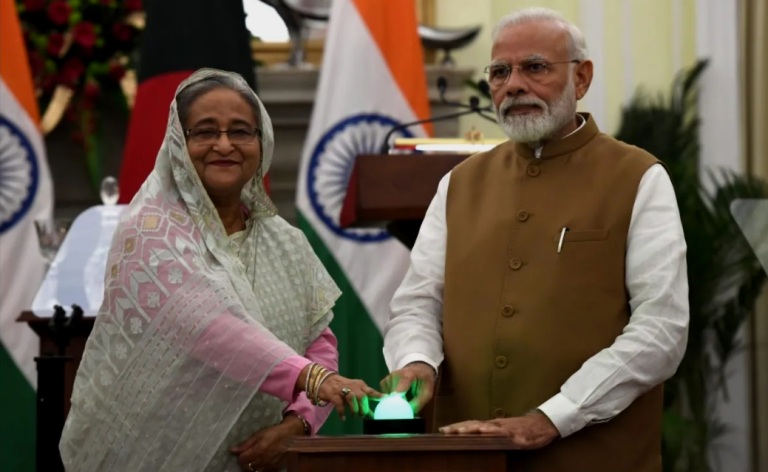
Opportunities for India-Bangladesh ties at state level
Anup Sinha
Published:17 Feb 2022, 11:14 AM

Opportunities for India-Bangladesh ties at state level
Foreign policy is traditionally thought to be the sole domain of sovereign states, but “paradiplomacy” is the word used to describe regional or subnational governments engaging in international relations.
In India, state governments have limited options because Article 246 of the constitution solely addresses the federal government when it comes to foreign policy.
Nonetheless, the nature of coalition governments with regional parties at the center, the desire for economic reform and trade interests of various states, as well as the growing need to include key regional stakeholders in foreign policy discourse, have resulted in significant international engagements by states in recent years.
The role of Tamil Nadu’s political parties in India-Sri Lanka relations, Gujarat’s economic outreach to the international community, the Northeastern states’ increasing push to be involved in India’s Act East policy, and the establishment of a “states division” in the Indian Ministry of External Affairs (MEA) are all examples of paradiplomacy gaining traction.
The Covid-19 pandemic that has swept the globe in the last two years has heightened the demand for paradiplomacy. During the crisis, states such as Assam obtained PPE (personal protective equipment) kits from China and began negotiations with the Bhutanese government for an oxygen plant via the MEA. A case for paradiplomacy involving Assam and Bangladesh is noteworthy in this regard.
This year marks the 50th anniversary of India-Bangladesh relations. In the South Asian region, Bangladesh is India’s most important trading partner. Its gross domestic product (GDP) per capita has overtaken India’s, as has its ranking in the UN Sustainable Development Goals.
Bangladesh has taken action against Indian insurgents seeking refuge in the nation under Prime Minister Sheikh Hasina’s leadership, and the Land Boundary Agreement (LBA) reached in 2015 resolved the border dispute.
It was the surrender of a major faction of the United Liberation Front of Asom (ULFA) led by Arabinda Rajkhowa after Sheikh Hasina became prime minister, when Assam began the process of recovery after the tenure of the Asom Gana Parishad (AGP), which had witnessed gruesome violence during insurgency and counterinsurgency operations, that brought relative peace back to the state.
When India signed the LBA protocol in 2011, then-chief minister Tarun Gogoi and then-prime minister Manmohan Singh traveled to Bangladesh. Although there was strong opposition to the agreement in Assam, both Manmohan Singh’s and Narendra Modi’s governments actively engaged the Assam government in the finalization of the accord.
After the swearing-in of the new Assam chief minister, Himanta Biswa Sarma, Sheikh Hasina wrote a letter stating her government’s commitment to improving connectivity in India’s Northeastern region, as well as an invitation to Assam to benefit from Bangladesh’s socio-economic development and growth trajectory.
In his statement, Sarma emphasized the importance of exploring areas of cooperation with Bangladesh.
At the request of the Indian government, Assam has increased economic collaboration with Bangladesh in recent years. Bangladesh has established an Assistant High Commission in Guwahati, and has also opened the ports of Chattogram and Mangla for the shipment of products from Northeast India.
With cooperation from the MEA and the Assam government, the state can press for more rail, road, and air connectivity with Bangladesh, as well as an emphasis on organic food, silk, crude oil, fisheries, tourism, and work permits for talented youth.
A joint outreach to Bangladesh by all Northeast Indian states could result in improved goods transit via inland river systems. The government of India should encourage and assist the Northeastern states to take advantage of their proximity to Bangladesh.
To change itself from a landlocked to a land-linked region with the support of Bangladesh, the Northeast needs to establish a plan for these states’ paradiplomacy efforts and engage regularly with Bangladeshi authorities and the MEA.
* The article was first appeared on Asia Times